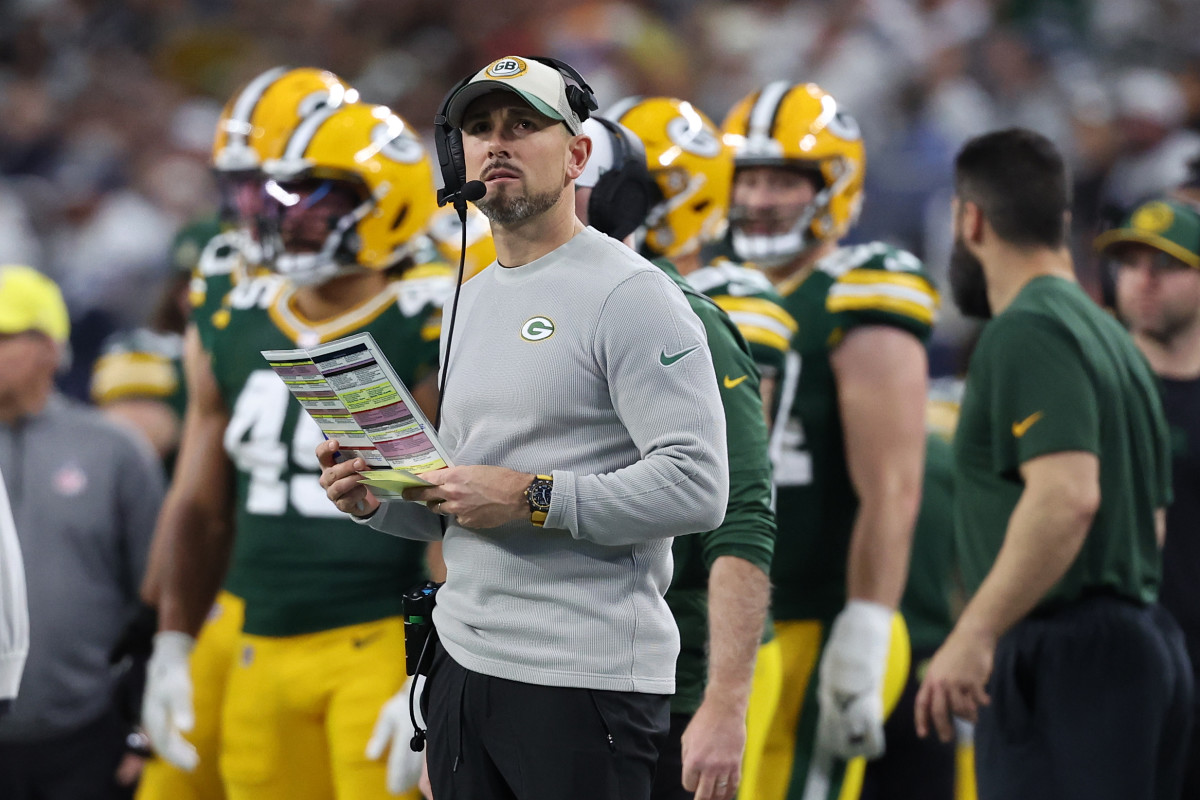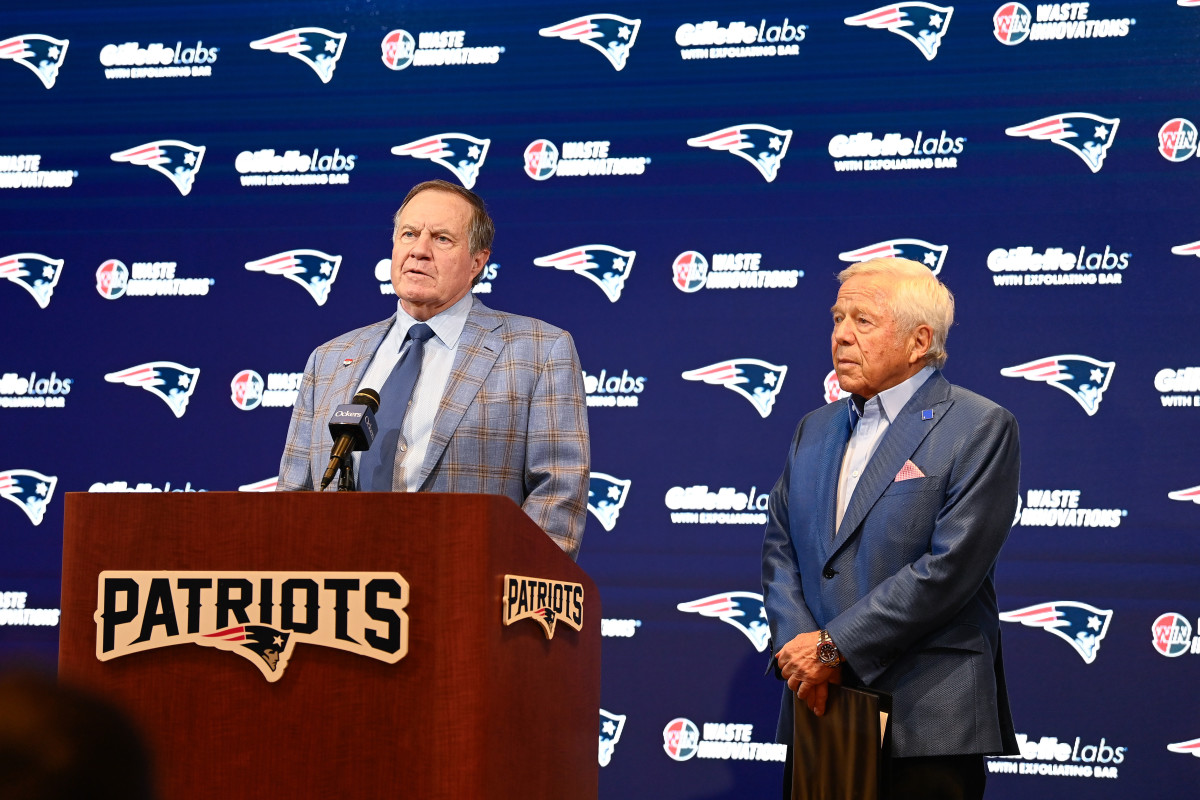Jordan Love’s Packers Are a Model Franchise Amid a Changing NFL
First, a word on the Green Bay Packers. As you know, I am an unabashed fan due, in part, to working, living and raising my sons (who are still diehard fans) there. We attended the unexpected rout of the Dallas Cowboys on Sunday—safe to say it was a good day for us. But I do believe I would still admire the Packers even without my association there. I not only have experience as part of it, but I also truly applaud “The Packer Way.”
What is “The Packer Way”? It’s very simple. Slow and steady. Draft and develop. No quick fixes. Trust the scouting and the draft board. Trust coaches won’t be afraid (as many coaches are) to play young and unproven players. Draft a quarterback that could be “the guy” long before you need to draft one. Re-sign core players before they approach their leverage point of free agency. It is not fancy; it is not sexy; there are few if any marquee free-agent signings. That being said, I get it. Most fans and media like the sexy free-agent signings and big trades, and patience doesn’t sell well. But it works.

Of course, the Packers’ story of this season may end Saturday against the San Francisco 49ers, but what a ride it has been. So many prognosticators had them as a bottom-feeding team, with Jordan Love a bust, the defensive coordinator fired and the post–Aaron Rodgers era starting out bleak. But here they are, rebuilding while winning, with the youngest team in the league and a Rodgers-sized cap hole of $40 million. And Green Bay has as bright a future as any team in the NFL.
Yes, I am biased. But I admire franchises with principled formulas for sustained success. Whether I was part of it or not, the Packers are a model franchise.
The end of the regular season and beginning of the playoffs always represent a time of change in the NFL. And that change is more of a constant now, in the business of the NFL, than at any time in league history.
Tallying up the firings and “mutual agreements to part” both during the season and following it, there were eight head coach openings for NFL teams (with one filled, in New England) as of Tuesday. Doing the easy math, that is one-fourth of all head coach positions. That amount of change is striking—were that to happen every year, the entire head coaching roster would turn over every four years. When it is said that “NFL” stands for “Not For Long,” that is usually meant for players, but it also applies more to the head coaching position today than ever before.

I have been asked several times recently as to why there is such high turnover and owner impatience with existing coaches. There are different explanations for different franchises, and it is hard to generalize, but there is one through-line in all of the changes: It is about the always-growing business of the NFL. As more and more revenue is spun off the league, the impatience of NFL ownership only increases.
All of these business assets are now worth several billions of dollars, with franchise prices skyrocketing in recent years. Media revenue is now approaching $10 billion a year, a number that, when split amongst 32 teams, nets close to $300 million per team, part of the over $400 million distribution each owner receives from the NFL every year (even before any local media revenue). With this type of money coming in, and owners already having amassed substantial funds, the prospect of paying tens of millions of dollars to turn over coaching staffs is not the deterrent it once was to firing them. Whereas going through coaches and executives like they were breath mints used to be the province of only Cleveland Browns owner Jimmy Haslam, he now has company. Indeed, the Carolina Panthers, Los Angeles Chargers and Las Vegas Raiders couldn’t even wait until the end of the season to move on; now the Patriots, Seattle Seahawks, Washington Commanders, Atlanta Falcons and Tennessee Titans have joined them. Owners are not pinching pennies on coaches if they are not satisfied with the results. “Not For Long,” indeed.
As fans and media move on from coach firings and focus on coach hirings, I always like to remind them that the chaos left behind from a coaching change goes far beyond the head coach (who will often be less impacted than everyone else). As part of two coaching dismissals with the Packers, I saw it firsthand. Assistant coaches are placed in immediate limbo, hoping against hope that “the new guy” will want to hire them to stay while also knowing how unlikely that is to happen. The families are in no-man’s-land, not knowing whether their kids will continue at their current school, or whether to put their house on the market, or, in some cases, whether to even go to the next job. I get it: This is the life coaches choose, and they make a lot of money. But until I worked for a team, I never appreciated the peripatetic nature of their lives, an itinerant existence moving from wearing one set of team-issued merchandise to another.
A couple of thoughts and insights on two oldest coaches that were “separated” from their franchises.
As GM of the Barcelona Dragons in 1991, I asked people in the NFL world whom they would recommend I interview to be our inaugural head coach. One name that came up often was a New York Jets defensive coach named Pete Carroll. I met him and was immediately buoyed by his energy and positivity, so much so that I indicated he may well have the job if he was interested. He said something like: “Andrew, this sounds cool as can be, but no way. With all due respect, I’m not going to Spain, even to be a head coach.” I understood. I have continued to admire Carroll’s preternatural positivity from afar, as he is always upbeat and supportive of his players. And Carroll did some things for Seattle that many others found, and still find, well, “woo-woo.” He has brought in life coaches, mindfulness coaches and self-help coaches, among others. And he did that before it became trendy (in some cases, it is still not). And as an older guy myself, I especially admire his spry youthfulness at 72 years young. He is one of the “youngest old guys” alive, and has a lot left to give, whether as a head coach or otherwise.
As for Belichick, I have admired the coach from a business of football perspective. Beyond all the deserved praise for Super Bowl titles and winning records, Belichick was able to excel at the extremely difficult role of being both head coach and GM. Usually those roles have priorities that are completely different. Coaches have to motivate and inspire players; their thinking is short term and more about winning now. And coaches are often more comfortable with veteran players. Conversely, general managers have to be emotionally detached from their roster, looking forward to focus on developing young players. The dual job has inherent conflicts; countless other attempts to combine the positions have not worked. In Green Bay, Mike Sherman served in that dual role for a couple of years. He would often say: “Andrew, I need you to be the bad guy here!” And I totally understood, as it is tough for the coach to deal with players’ purse strings. But—whether due to his intellect or his emotional detachment from players, or both—Belichick made it work in New England.
The coaching carousel will spin quickly in the coming days and weeks. But for at least one moment, it makes sense to pause and consider the seismic change that has happened and note just how “Not For Long” the transitory NFL truly is.
